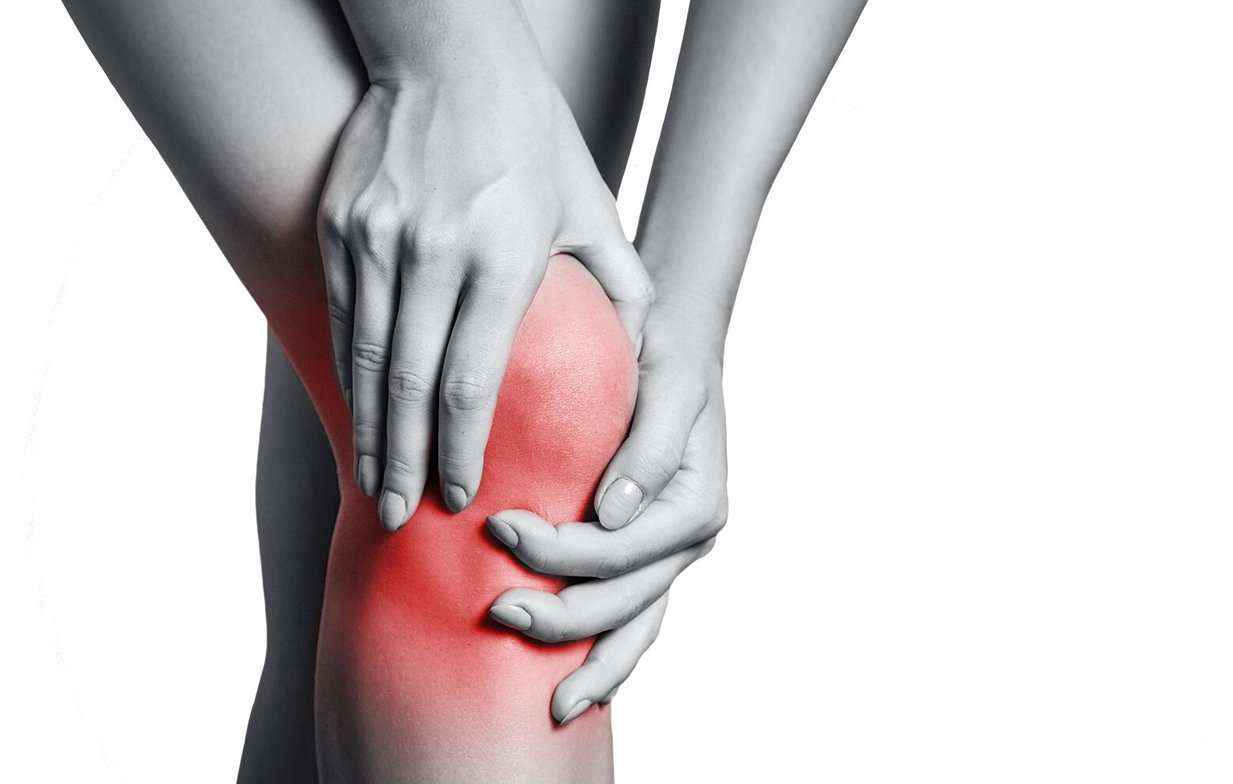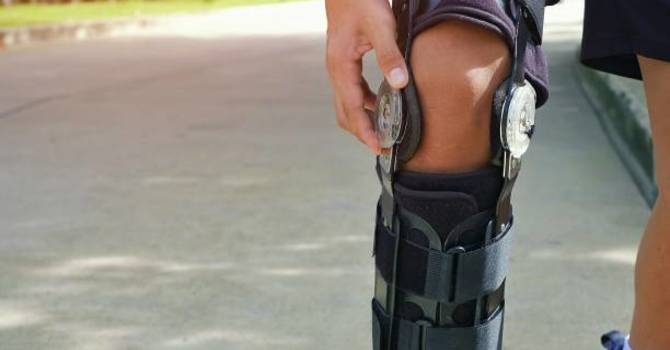
Sciatica is a term often thrown around when discussing lower back pain that radiates down the leg, but can it also cause knee pain? Many people experiencing sciatica wonder if their knee discomfort might be related to their sciatic nerve issues. If you’re dealing with knee pain and suspect it might be linked to sciatica, you’re not alone. Let’s explore the connection between sciatica and knee pain, and how you might address it.
What is Sciatica?
Sciatica refers to pain that originates from the sciatic nerve, the longest nerve in your body, which runs from your lower back through your hips and buttocks, down the back of each leg. Sciatica typically results from compression or irritation of the nerve, often due to a herniated disc, spinal stenosis, or other spinal issues. The pain usually radiates from the lower back into the buttocks and legs.
My Sciatica and Knee Pain Experience
I remember when I first started experiencing sciatica. I thought it was just lower back pain until I began to notice a nagging discomfort in my knee. It was strange because my knee pain didn’t seem to match the classic description of sciatica. It wasn’t until I talked to my physical therapist that I learned how interconnected these issues could be.
Can Sciatica Cause Knee Pain?
Yes, sciatica can potentially cause knee pain, though it might not be the most obvious connection. Here’s how sciatica can lead to knee discomfort:
1. Referred Pain
Sciatica pain can sometimes be referred to areas other than the lower back and legs. Referred pain occurs when pain is perceived in a location other than where it originates. The nerves in the lower back and legs are interconnected, so pain from the sciatic nerve can sometimes be felt in the knee or other parts of the leg.
Personal anecdote: I experienced what felt like knee pain, but it was actually referred pain from my sciatic nerve. My physical therapist explained that the sciatic nerve’s pathway could cause discomfort in my knee area, even though the source was in my lower back.
2. Altered Gait
When dealing with sciatica, people often alter their gait to avoid pain or discomfort. This compensatory movement can put additional stress on other parts of the leg, including the knee. Over time, this altered gait can lead to knee pain or exacerbate existing knee issues.
What helped me: After starting physical therapy, I worked on improving my posture and gait. As my back pain improved and I walked more normally, my knee pain also began to diminish. Addressing the root cause helped alleviate the secondary issues.
3. Muscle Imbalance
Sciatica can lead to muscle imbalances in the lower body. When one part of your body is in pain, it can cause other muscles to work harder to compensate. This imbalance can strain the knee joint and lead to pain or discomfort.
Personal insight: I learned that stretching and strengthening the muscles around my lower back and legs helped address these imbalances. This approach not only improved my sciatic pain but also relieved the pressure on my knee.
Diagnosing and Treating Sciatica-Related Knee Pain
If you suspect that your knee pain might be related to sciatica, here are some steps to consider:
1. Consult a Healthcare Professional
A healthcare professional can provide a thorough assessment to determine if your knee pain is related to sciatica. They might recommend imaging tests, such as an MRI, to pinpoint the source of your sciatica and its potential impact on your knee.
My experience: Consulting with my doctor and physical therapist was crucial. They were able to accurately diagnose the cause of my knee pain and develop a targeted treatment plan.
2. Physical Therapy
Physical therapy can help address both sciatica and knee pain. Therapists can design a program to strengthen and stretch the muscles around your back and legs, improve your posture and gait, and reduce pain.
What worked for me: Engaging in targeted physical therapy exercises, such as stretches and strengthening routines, significantly improved both my sciatica and knee pain. A good physical therapist can be a game-changer in managing these interconnected issues.
3. Pain Management
Over-the-counter pain relievers or prescribed medications can help manage pain associated with sciatica and knee discomfort. However, addressing the underlying cause is essential for long-term relief.
What I did: While pain relievers provided temporary relief, focusing on long-term solutions like physical therapy and lifestyle adjustments helped more in the long run.
4. Lifestyle Adjustments
Making changes to your lifestyle, such as improving your posture, avoiding prolonged sitting, and incorporating regular exercise, can help manage both sciatica and knee pain. Maintaining a healthy weight is also crucial as excess weight can put additional stress on your joints.
Personal tip: Incorporating low-impact exercises like swimming or cycling into my routine helped manage both my sciatica and knee pain. Regular exercise and weight management played a significant role in my recovery.
When to Seek Professional Help for Sciatica
If you’re experiencing persistent knee pain along with symptoms of sciatica, it’s important to seek professional medical advice. A healthcare provider can help you differentiate between primary sciatica symptoms and secondary knee issues, ensuring you get the appropriate treatment.
Sciatica can indeed cause knee pain, whether through referred pain, altered gait, or muscle imbalances. Understanding the connection between these two issues can help you find the right treatment and improve your overall comfort. By consulting with healthcare professionals, engaging in physical therapy, and making lifestyle adjustments, you can address both sciatica and knee pain effectively. Remember, each person’s experience is unique, so finding the right approach for your situation may take some time and exploration.
Dr. Davis Francis
Contact Me


